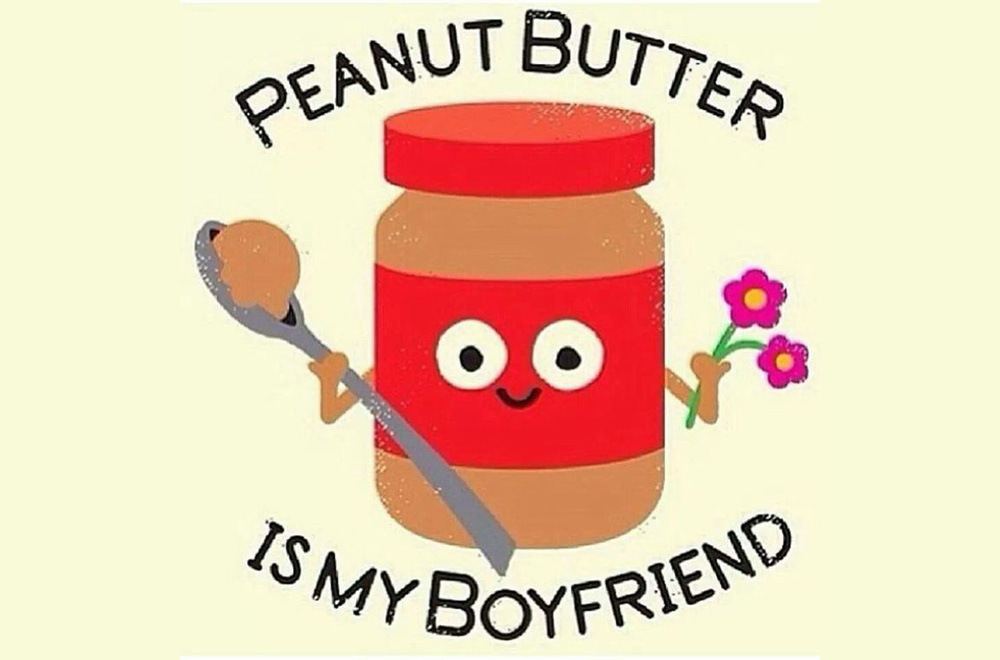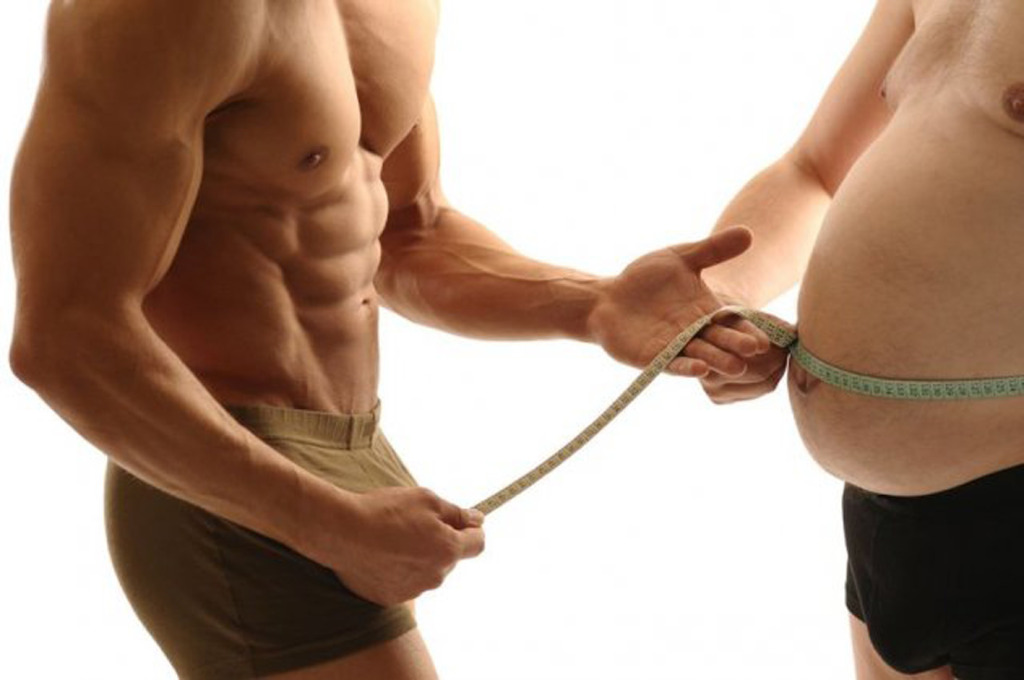I was reading a recent poll that suggested most Americans are vastly ignorant about health and fitness. The truth is, it really comes as no surprise as marketers are often louder than science. But how does your fitness IQ measure up? Do you have more fitness smarts than the average American?
- Question
 : About how many calories are in one pound of fat?
: About how many calories are in one pound of fat?
a.) 1,500
b.) 2,500
c.) 3,500Answer: Though estimates range from 2,800 to 3,800, youâll commonly that one pound of fat contains about 3,500 calories.
- Question: Eggs are a good source of
a.) vitamin c
b.) protein
c.) fiberAnswer: Eggs contain no fiber and no vitamin c, but do contain about 6 grams of protein each. Depending on your protein needs, thatâs probably about 12% of your daily requirement.
- What makes you overweight?
a.) Eating too many calories
b.) Not exercisingAnswer: Both or either. Weight gain occurs when we consume more calories than we burn, so increasing calorie consumption and/or decreasing calorie expenditure can results in a calorie surplus.
- Question: How many grams of sugar are in one teaspoon?
a.) 4
b.) 8
c.) 12Answer: Disgusting as it is, one teaspoon of sugar is equivalent to 4 grams. Since a tablespoon of ketchup has 4 grams of sugar, we know that ketchup is approximately 33% sugar. Gross.
- Question: What is the daily salt recommendation?
a.) one teaspoon
b.) two teaspoons
c.) three teaspoonsAnswer: Most organizations recommend that we limit daily sodium intake to 1500 - 2300 mg. But those numbers are abstract and hard for most people to understand. These recommendations translate to about a single teaspoon of salt. Considering the processed foods that most people eat, a teaspoon of salt doesnât go far.
- Question: Which food has the most calories?
a.) One medium baked potato with a teaspoon of butter
b.) One 16-ounce cup of soda
c.) 32 pieces of candy corn
d.) Four ounces of roasted skinless chicken breastAnswer: With 207 calories, the answer is candy corn.
- Question: What is the primary fuel for sport or workout activity?
a.) Dietary carbohydrates
b.) Dietary fats
c.) Protein supplementation
d.) Dietary vitamins and mineralsAnswer: Your workouts and sports activities are powered by carbohydrates. If you go on a low carb diet, expect to get less bang for your workout buck; youâll sell your gym results short because youâll like the energy needed to push yourself. Your body needs carbohydrates. But instead of consuming simple carbohydrates, opt for complex carbs.
So… how did you score? If you answered any of these questions correctly, you know more than the average American. And Iâm not making that up… 75% of Americans didnât know how many calories were in a pound of fat and 65% didnât know that eggs are a good source of protein. Let me know your score in the comments below.
P.S. And if youâre interested in taking your workout to the next level, download Davey Waveyâs Bootcamp Workout for an exercise and nutrition plan thatâs designed to give you real results.


















